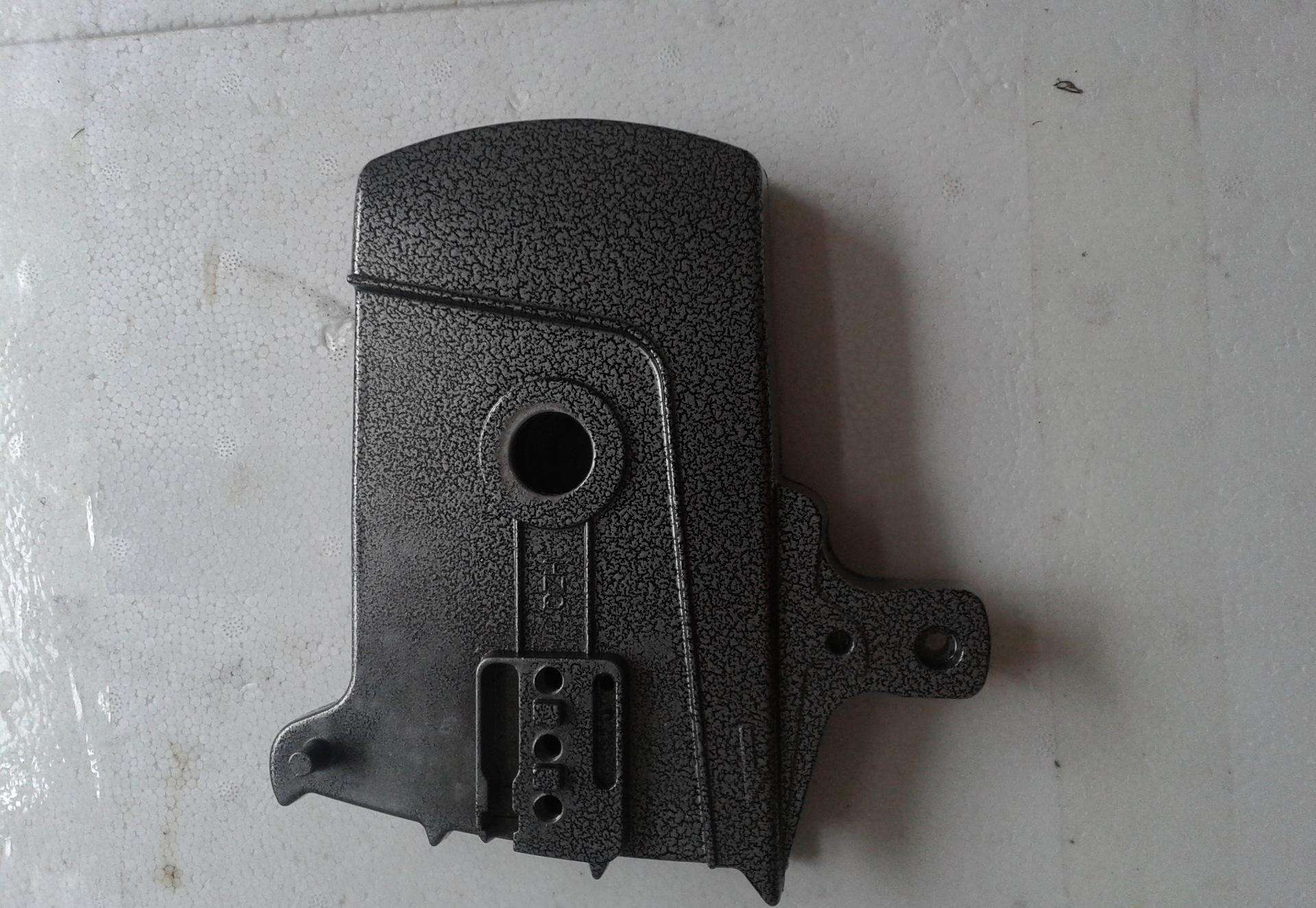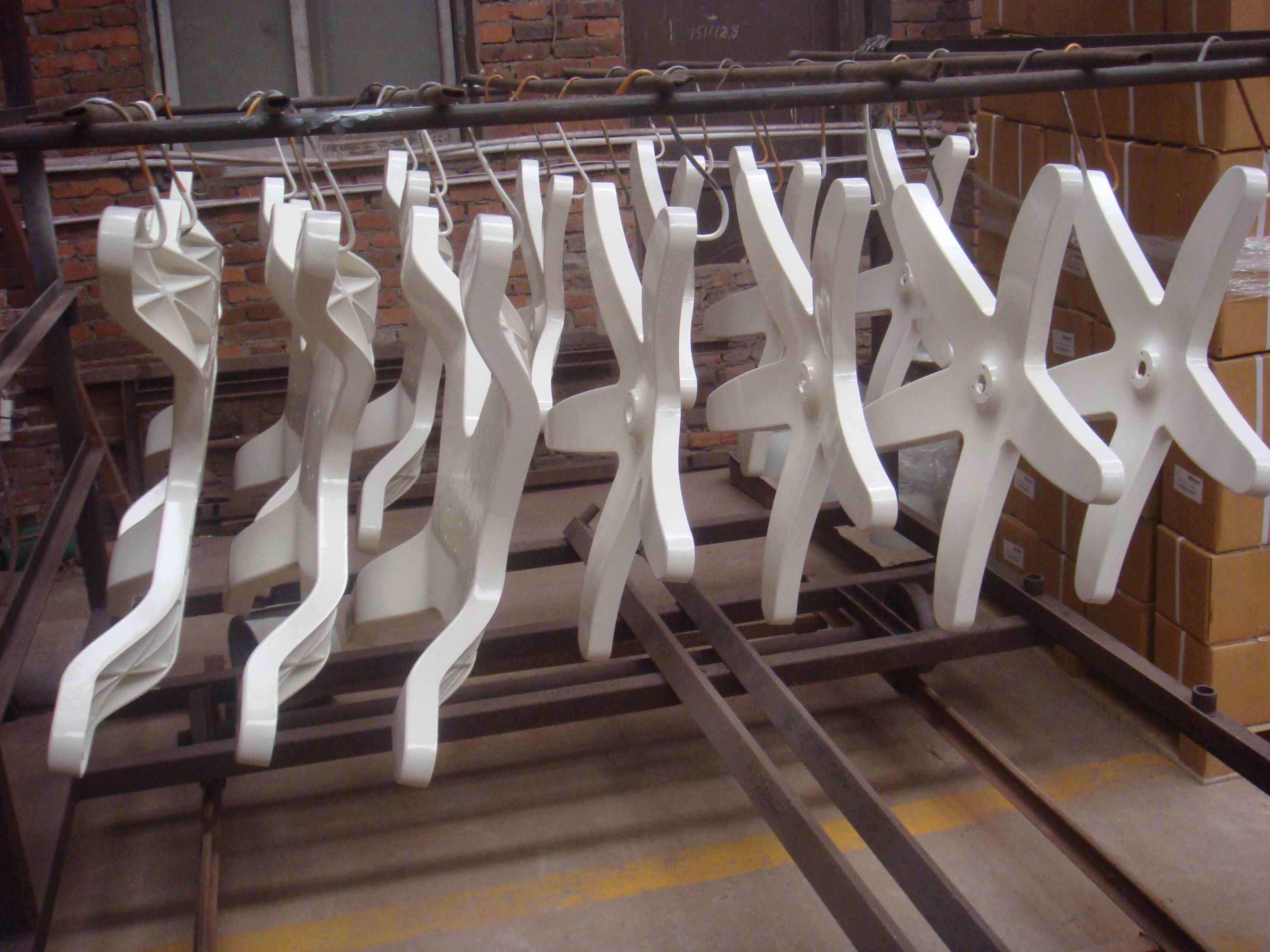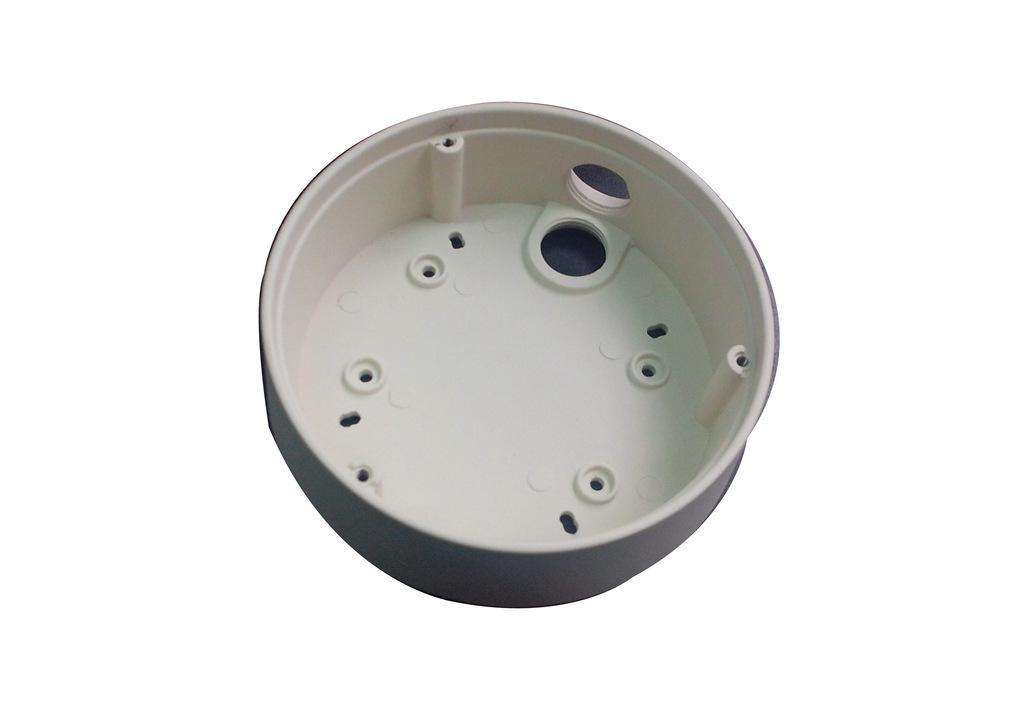Powder Coating Surface Treatment for Aluminum Casting: A Comprehensive Guide
In the world of aluminum casting, surface treatment plays a crucial role in enhancing the durability, aesthetics, and functionality of final products. Among the various surface treatment methods, powder coating stands out as a versatile and reliable option. This blog will explore the application of powder coating on different types of aluminum casting processes, including sand casting, high-pressure die casting, low-pressure die casting, and gravity casting. Whether you’re a manufacturer, engineer, or industry professional, this guide will provide valuable insights into how powder coating can elevate your aluminum casting projects.
What Is Powder Coating?
Powder coating is a dry finishing process that involves applying a fine powder—typically composed of resin, pigment, and other additives—onto a metal surface. The powder is electrostatically charged and sprayed onto the substrate, adhering evenly. Once applied, the coated part is cured in an oven where heat causes the powder to melt and form a smooth, durable, and uniform finish.
Powder coating offers several advantages over traditional wet paint, including:
Superior durability: Resistance to chipping, scratching, and fading.
Eco-friendliness: Free of volatile organic compounds (VOCs).
Wide color selection: Available in various colors, textures, and finishes.
Cost-effectiveness: Minimal waste due to recyclability of overspray powder.
Aluminum Casting Processes and Powder Coating Compatibility
Aluminum is widely used in industries such as automotive, aerospace, construction, and consumer goods due to its lightweight properties and corrosion resistance. Let’s examine how powder coating integrates with different aluminum casting techniques:
Sand Casting
Sand casting involves pouring molten aluminum into a sand mold to create complex shapes. While this method is cost-effective and versatile, the resulting surface often has a rough texture due to the sand mold.
Powder Coating for Sand Cast Aluminum:
Before powder coating, sand-cast aluminum parts require thorough surface preparation. This typically involves cleaning, shot blasting, or grinding to smooth out imperfections. A pre-treatment process like chromate conversion or phosphate coating may be applied to enhance adhesion. Once prepared, powder coating provides a protective layer that improves corrosion resistance and enhances the appearance of the otherwise rough surface.
High-Pressure Die Casting (HPDC)
High-pressure die casting uses high pressure to inject molten aluminum into a steel mold. This method produces parts with excellent dimensional accuracy and smooth surfaces.
Powder Coating for HPDC Aluminum:
The smooth finish of high-pressure die-cast parts makes them ideal candidates for powder coating. Minimal preparation is required compared to sand casting. Powder coating not only adds a layer of protection but also enhances the visual appeal of parts used in industries like automotive and electronics.
Low-Pressure Die Casting (LPDC)
Low-pressure die casting involves using low pressure to fill molds with molten aluminum. This process is often used for producing medium-to-large parts with better mechanical properties than HPDC.
Powder Coating for LPDC Aluminum:
Similar to HPDC parts, LPDC components benefit from powder coating’s ability to resist wear and corrosion. The improved mechanical properties of LPDC parts make them suitable for applications requiring long-lasting finishes. Proper cleaning and pre-treatment are essential to ensure strong adhesion during the coating process.
Gravity Casting
Gravity casting relies on gravity to fill molds with molten aluminum. This technique is commonly used for producing parts with thicker walls and high strength.
Powder Coating for Gravity Cast Aluminum:
Due to the denser structure of gravity-cast aluminum parts, powder coating offers an excellent way to protect against environmental factors like moisture and chemicals. As with other casting methods, surface preparation is key to achieving optimal results.
Benefits of Powder Coating for Aluminum Castings
Powder coating has become a preferred choice for finishing aluminum castings due to its numerous benefits:
Enhanced Corrosion Resistance:
Aluminum itself has natural corrosion resistance due to its oxide layer, but powder coating adds an extra layer of protection against harsh environments.
Improved Aesthetics:
Powder coating offers a wide range of colors and finishes, including matte, gloss, satin, textured, and metallic options. This makes it ideal for products requiring an attractive appearance.
Durability in Harsh Conditions:
Powder-coated surfaces can withstand UV exposure, extreme temperatures, and abrasive forces, making them suitable for outdoor applications.
Eco-Friendly Solution:
Unlike wet paint processes that release harmful VOCs into the atmosphere, powder coating is an environmentally friendly alternative with minimal waste.
Cost Efficiency:
The recyclability of overspray powder reduces material waste, while the durability of the finish minimizes maintenance costs over time.
Key Considerations for Powder Coating Aluminum Castings
To achieve optimal results when applying powder coating to aluminum castings, it’s essential to address the following factors:
Surface Preparation:
Proper cleaning and pre-treatment (e.g., degreasing, etching) are critical for ensuring good adhesion between the powder and the substrate.
Design Considerations:
Avoid sharp edges or deep recesses in the casting design as these areas can be challenging to coat uniformly.
Coating Thickness:
The thickness of the powder coat should be carefully controlled to balance durability with aesthetic appeal.
Curing Process:
Ensure that the curing temperature is appropriate for aluminum castings to avoid warping or damage during the heating process.
Application Environment:
Conduct the powder coating process in a controlled environment to prevent contamination by dust or moisture.
Industries Benefiting from Powder-Coated Aluminum Castings
Powder-coated aluminum castings are widely used across various industries due to their versatility and performance:
Automotive: Engine components, wheels, and trim parts.
Aerospace: Lightweight structural components.
Construction: Window frames, railings, and façade elements.
Consumer Goods: Furniture, appliances, and decorative items.
Electronics: Enclosures and housings for sensitive equipment.
Powder coating is an excellent surface treatment option for aluminum castings produced through sand casting, high-pressure die casting, low-pressure die casting, or gravity casting. Its ability to enhance corrosion resistance, durability, and aesthetics makes it a go-to solution for manufacturers across industries.
By understanding the nuances of each casting process and prioritizing proper surface preparation, you can achieve outstanding results with powder-coated aluminum castings. Whether you’re looking to improve product performance or elevate visual appeal, powder coating offers a sustainable and cost-effective solution that delivers long-term value.
If you’re considering powder coating for your next aluminum casting project or have questions about its application, feel free to reach out to industry experts for guidance tailored to your specific needs.
By adopting these best practices in powder coating and aluminum casting processes, your products are sure to stand out in terms of quality and reliability!
Product Pictures
 |  |  |